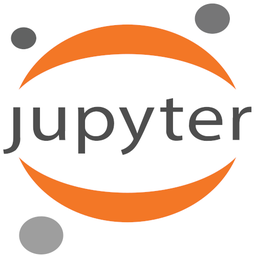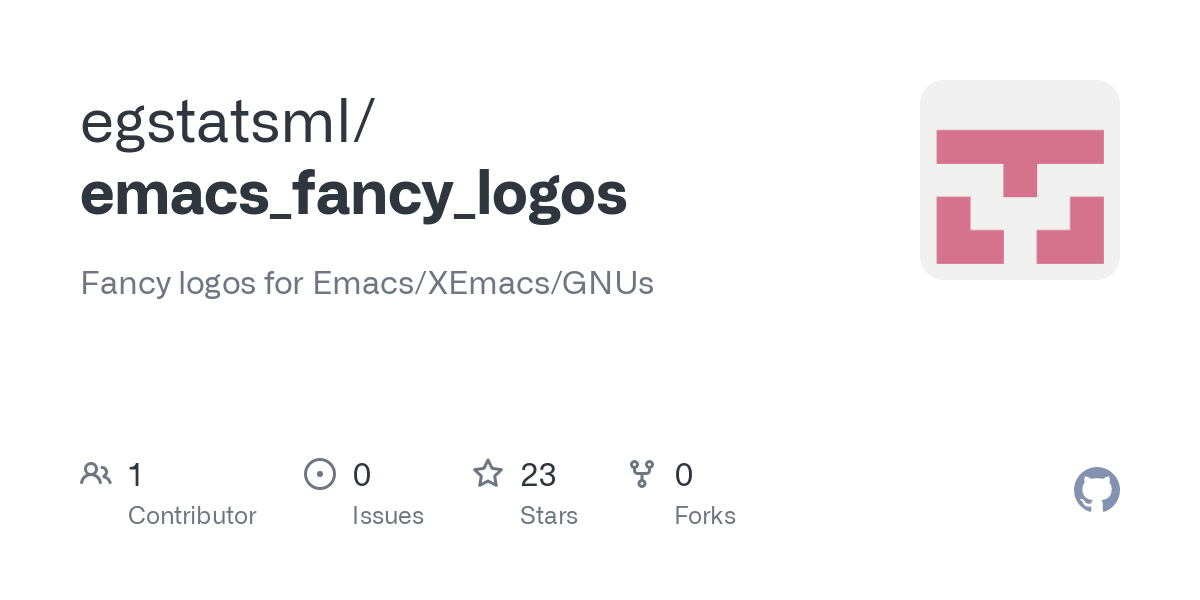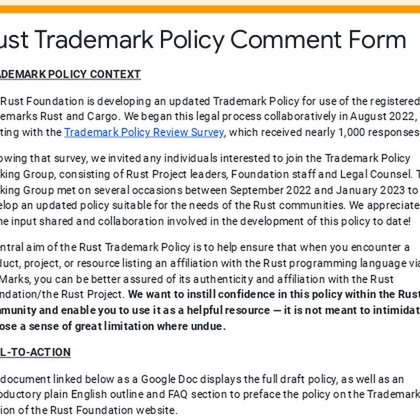dinomug
Miguel, aka mickie. Code, Science, Politics, etc.
EN | ES_MX
blog: mugcake.gitlab.io/blog/ (ES/ desactualizado)
pleroma: migue@kawen.space (no existe mas)
mastodon: miguel@mstdn.mx
Mexico-Tenochtitlan
- 302 Posts
- 344 Comments

 2·28 days ago
2·28 days agoThings like setup, hosting are what most users have doubts about.

 3·28 days ago
3·28 days agoNice. I hope you share your experiences with the community :)
Moderate the behavior of the community following the CoC, and do your best to improve the community.
For the moment I see unnecessary to close the community or delete it, both because it is the first community of Minetest/Luanti to be created in lemmy (of any instance), which implies that by age, being in the first and largest instance of this network, number of members, posts, etc. appears first in all searches of the different instances in everything concerning Minetest/Luanti.
And secondly because of the recent change of image and name. Only until ‘Luanti’ as a brand name surpasses the ‘Minetest’ brand name, can the latter be discarded. As mentioned in the blog post:
you’ll probably still hear “Minetest” occasionally in reference to Minetest Game which will remain a testament to the project’s roots. Otherwise, Luanti now represents the future of the platform.
BTW, you can be a mod here, and unify efforts with the community of your instance :D
Community mod[erator], not game mod :)
Renamed it. Sorry for the late reply.
💖 Mexican candies

When I founded this company I only had two things:
- A dream; and 3 million dollars
I’m Latin American, I grew up in this, it’s part of my culture, that’s why I know where all this is going (about musical genres). I’m not an “outsider”.
Your comment sounds a bit racist ngl
You have no idea what you’re talking about, right?

 53·11 months ago
53·11 months agoAny music of any genre other than reggaeton and trap. Their “hit songs” rarely manage to survive more than 5 years in the collective thought of the masses, then they become “background noise” in nightclubs, supermarkets, squares and other meeting places, overshadowed by the disposable “hit of the moment”.
Exactly, The transpilers are necessary when the target system only works exclusively with a single language.
As @yogthos@lemmy.ml mentioned, they differ in implementation:
- The Hy compiler works by reading the Hy source code into Hy model objects and compiling the Hy model objects into Python abstract syntax tree (ast) objects. In other words, at runtime it is essentially Python source code. Similar to Typescript and CoffeScript (JS).
- Basilisp is hosted on the Python virtual machine, so its compiler generates native Python bytecode. Similar to Clojure and Scala (Java/JVM) or Elixir (Erlang/BEAM).
Personally in these cases, I prefer the second approach, because the first one is basically “syntactic sugar”: a Python lispy syntax (embedded), on the other hand Basilisp is a “more complete implementation”, that is, a language independent of the host language with all the strengths and weaknesses of its host system/VM.
Its seems pretty interesting. Now day MediaWiki is one of the largest codebases in PHP out there. But Wikimedia has excellent resources, somewhat extensive, but very good, from the lowest level sections (database, backend) to the style (css), plugins and frontend, including the scripts (lua). Although as @CriticalResist8@lemmygrad.ml comments that much is done in a very artisanal way, I think more than anything that the correct organization of the main dev, including admins and contributors, a lot of progress can be made with the limited resources available.
Moderates



- A community for the lovers of the scheme programming languages






















- MariaDB / MySQL


















The game’s dev, Shinmera, has a youtube profile where she live streams the development. She’s quite active in the CL gaming community.